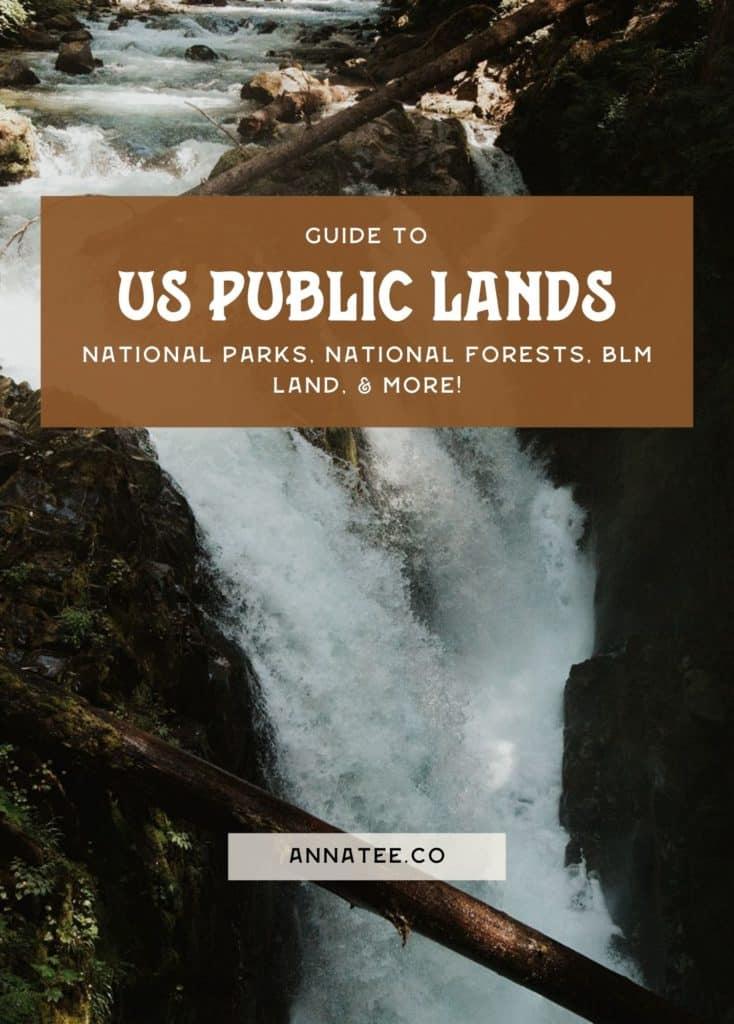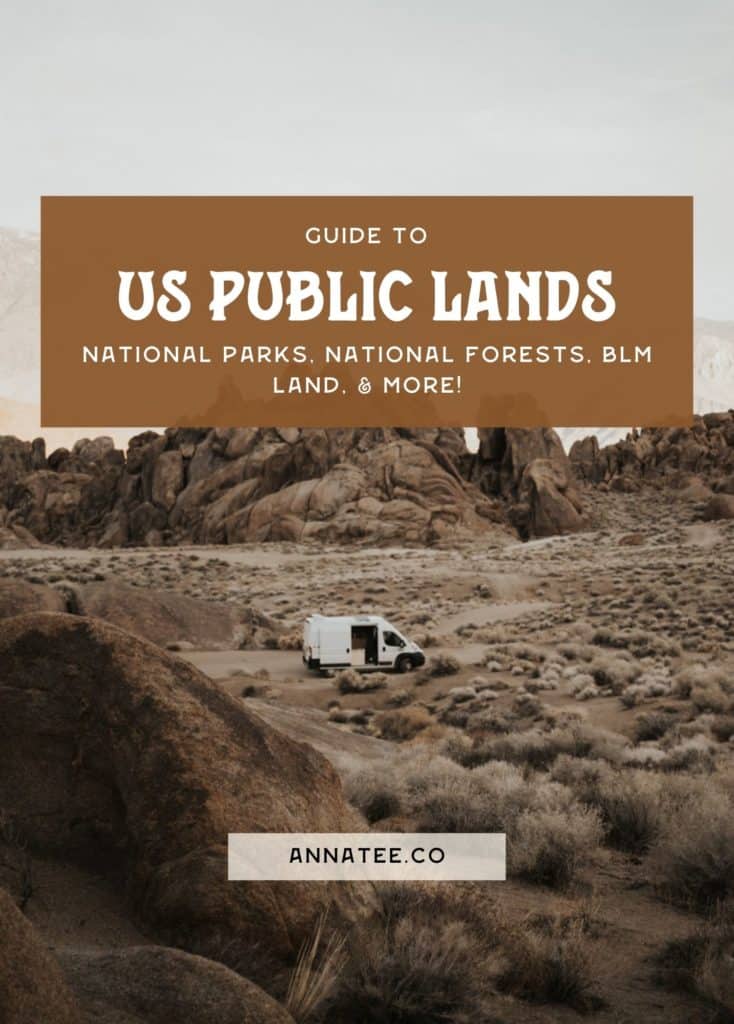Guide to US Public Lands – National Park vs. National Forest
Across the US, there are different types of public lands – and when you want to explore outdoors, whether you’re a beginner hiker or an experienced adventurer, it can get confusing! There are national parks, national forests, state parks, BLM land, and even more… and each one has different rules, different passes, and they all offer a different experience.
To help you figure out where to go on your next adventure, this guide to US public lands will talk about all the different kinds of lands, comparing national park vs. national forest, explaining what all of these words mean, and how to know what the rules are for where you’re exploring!
Head’s up: some of these links are affiliate links, so I get a commission if you make a purchase (at no cost to you). But that’s great, because I was going to share anyway, and this helps me keep making free guides for you!
Pin this photo to save this guide to US public lands for later!

What is US Public Land?
First, what is US public land? Public land refers to any land that is owned by the government (as opposed to private property, owned by a person or a business). Public land is usually open to the public (with some restrictions, exceptions, and sometimes fees) for recreation – so when you go on a hike, go camping, or whatever outdoor adventure you have planned, you are most likely on public land.
There are lots of different public lands – city parks are an example of public land managed by the local government – but the main types that you need to know when it comes to outdoor recreation are:
- national parks
- national forests
- BLM land
- state parks
Next we’ll talk about what all of these are, and what the difference is, and compare national park vs. national forest!
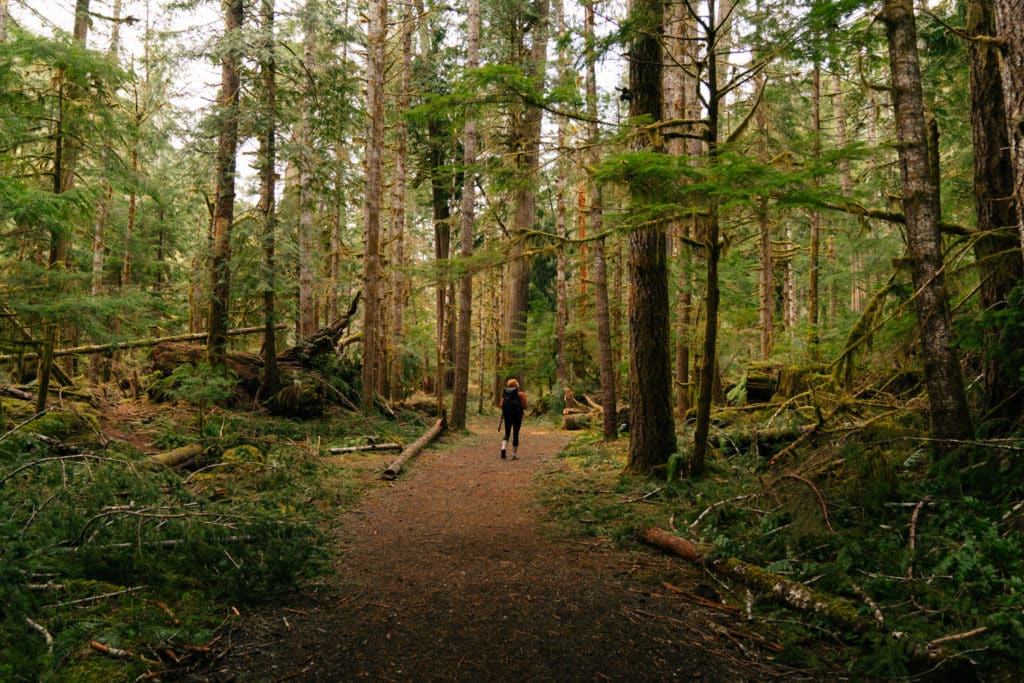
What is a National Park?
National parks are usually the one that people are most familiar with. These are managed by the federal government, and are created for conservation. National parks are usually the ones that are well known, with the really epic views – like Yosemite, Joshua Tree, Olympic National Park… there are lots of them!
National parks are more developed, and have more rules and restrictions than other kinds of federal public lands. There are paved roads, bathrooms, established campgrounds, visitor’s centers, all of which means that national parks are often very busy. Though you can get out into the backcountry and hike more remote trails, national parks also have easily accessible overlooks and spots that are good for anyone who wants the view.
These lands also have the strictest rules – there are some exceptions, but in general, national parks require an entrance fee – usually $30 for a day, or you can get an America the Beautiful Pass, which gets you into any national park for an entire year, and costs $80. You also have to reserve established campgrounds for camping in national parks,
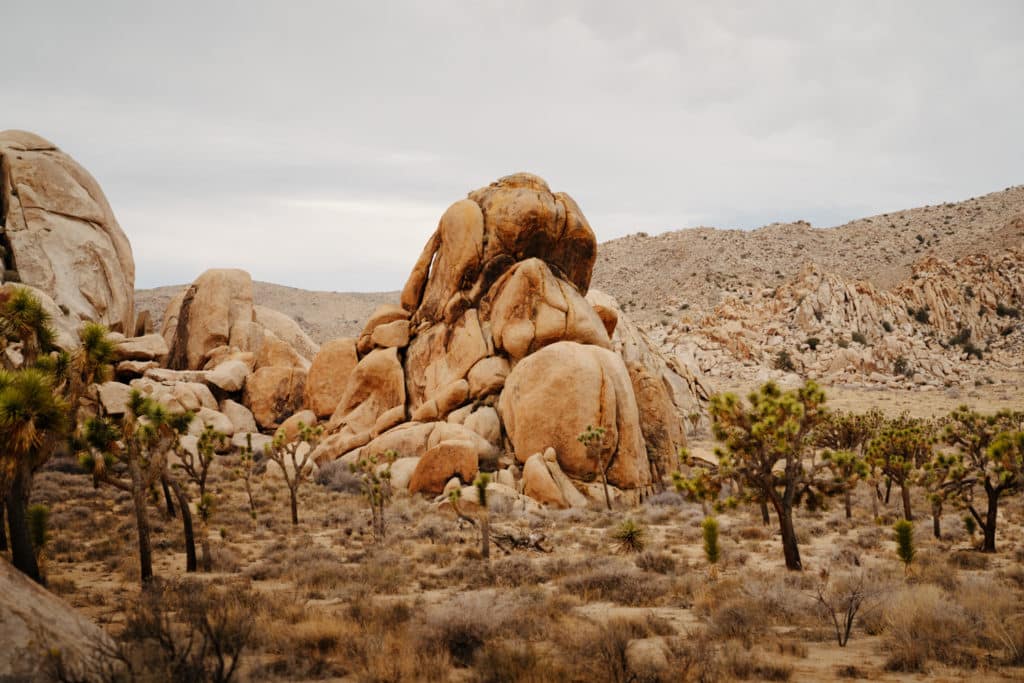

What is a National Forest?
National forests often get confused with national parks! National forests can often be found adjacent to national parks, but they’re less developed, there are a lot fewer rules about what you can do in a national forest, and they’re much less crowded.
In national forests, you can camp for free and camp just about anywhere (there are some exceptions, but usually unless there are signs you’re good to sleep there!), the trails are more dog friendly, and there aren’t many restrictions about what you can do. Of course, always make sure to follow leave no trace principles, be safe with campfires, and don’t be silly.
National forests don’t require an entrance fee, but many hiking trails in national forests do require a pass – and the type can depend on where you are. In the PNW, we have the forest pass. You can get a daily one for $5, or an annual one for $30 – this should be purchased ahead of time because unlike national parks, there aren’t booths in national forests where you can get one. But, because national forests are also federally managed, the best option is to get the America the Beautiful Pass (which gets you into every national park in the country) – it also works for national forests all over the US, and you don’t need an additional pass!
In national forests, you can find amazing scenery, often similar to national parks, but fewer people and fewer amenities. I definitely prefer hikes and outdoor adventures in national parks, but it’s all about what you’re looking for – some people like paved roads and bathrooms, and there’s no shame in that.
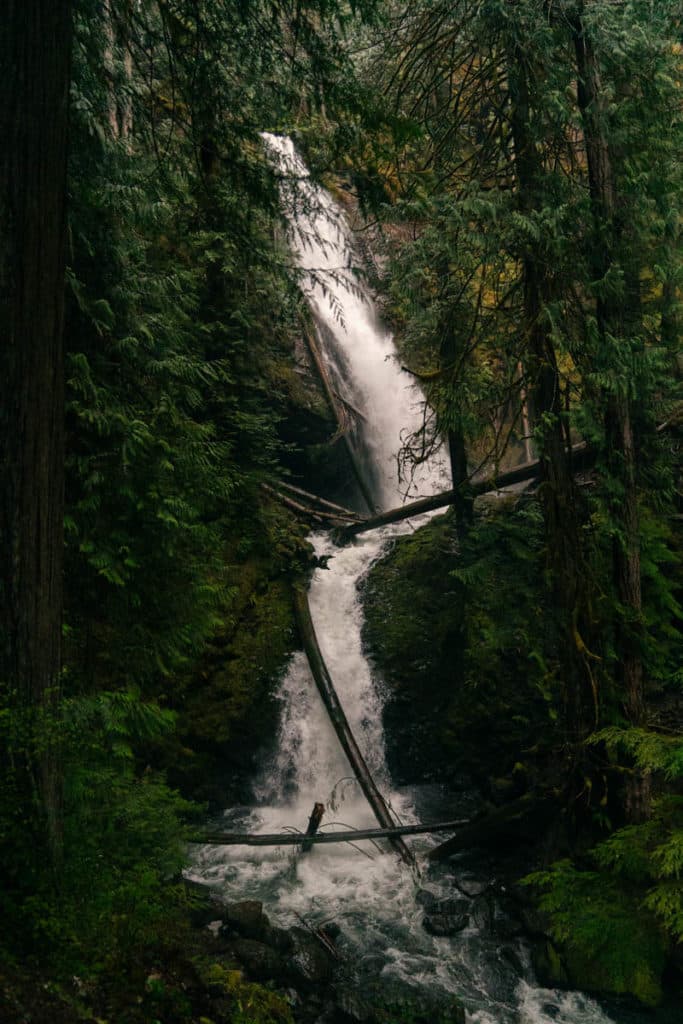

National Park vs. National Forest
A lot of people get confused about the difference between a national park vs. national forest, so here’s a quick breakdown of the main differences!
National Park
- more developed – most roads are paved, bathrooms, visitors centers
- paid campgrounds – you can only camp at designated campgrounds, and usually need to reserve a spot
- not dog friendly – dogs are usually allowed only on paved roads and in parking lots, not on trails
- more busy and crowded
- need permits for backpacking and backcountry camping
- fee to enter – need a pass
National Forest
- more wild – few paved roads, sometimes popular trailheads have pit toilets and trash cans
- can wild camp anywhere – great for vans!
- dog friendly – most trails allow dogs on leash
- less busy
- permits sometimes required for backcountry camping
- no fee to enter – but some trails require a pass
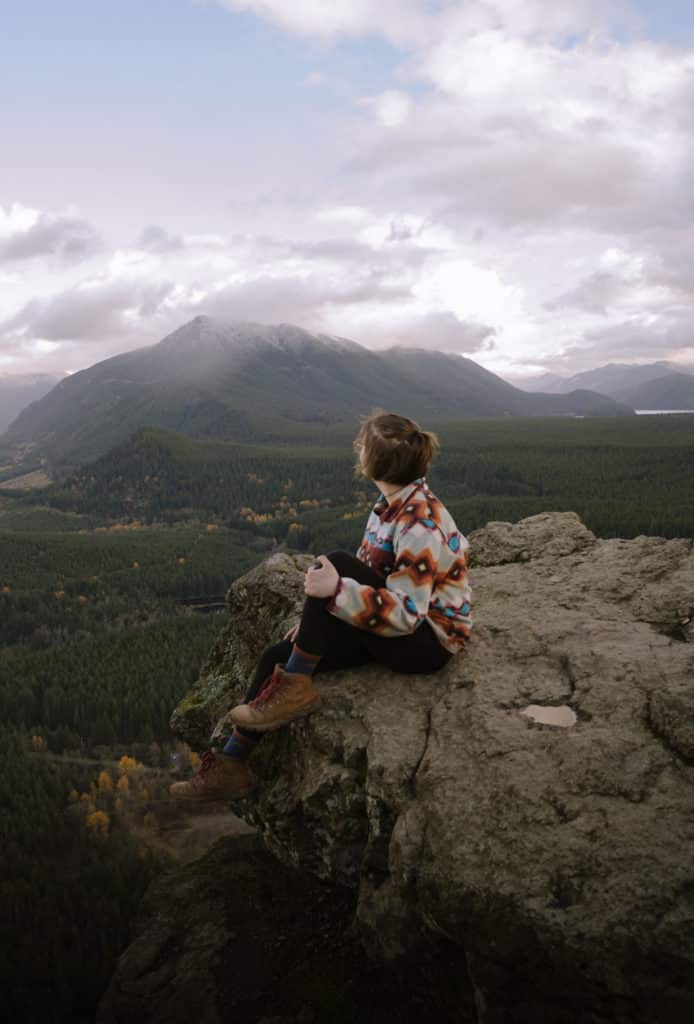

What is BLM Land?
Another type of federally managed land is BLM – which stands for Bureau of Land Management. This land is similar to national forests – it’s less developed, you can camp anywhere, and most of the time, you don’t need a pass. There are some exceptions, and some popular spots require a fee and sometimes you’ll see signs forbidding camping – but otherwise, you can usually do whatever, as long as you’re not damaging the environment or causing trouble.
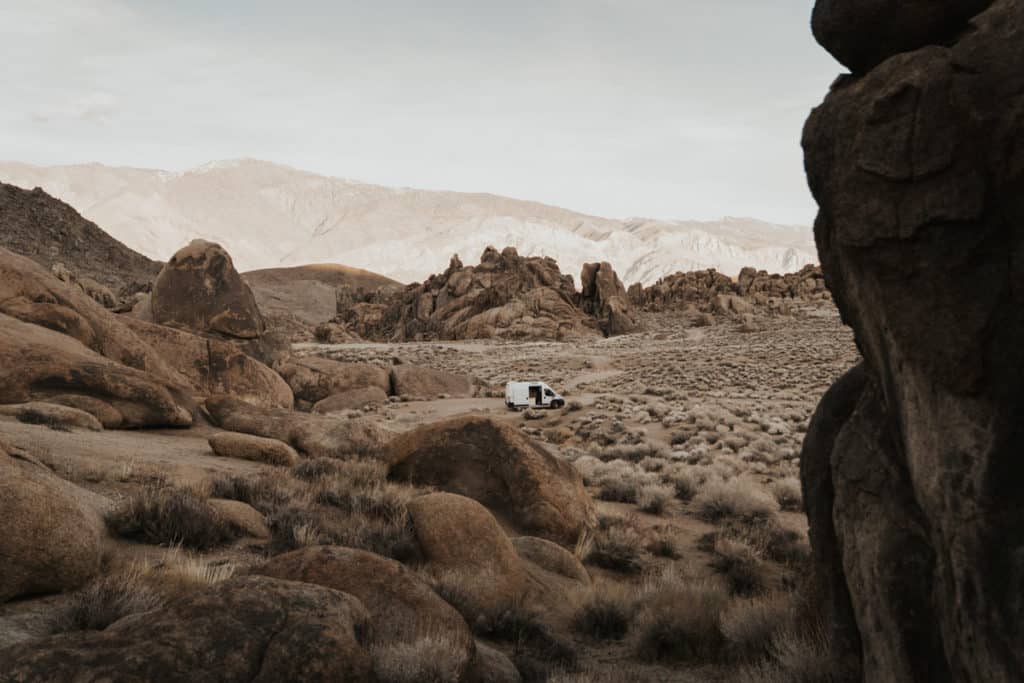
What is a State Park?
The last type of public land we’ll talk about is state parks – these are managed by state governments, and are typically smaller than national parks. They vary a ton – some parks are really developed, others are more primitive. State parks usually have paved roads, bathrooms, and often require an entrance fee. The type of pass you need depends on the state – in Washington, a Discover Pass works for all the state parks.
Leashed dogs are allowed most of the time, but it depends on the park – and there are usually established campgrounds that you can reserve, so you can’t dispersed camp in state parks.
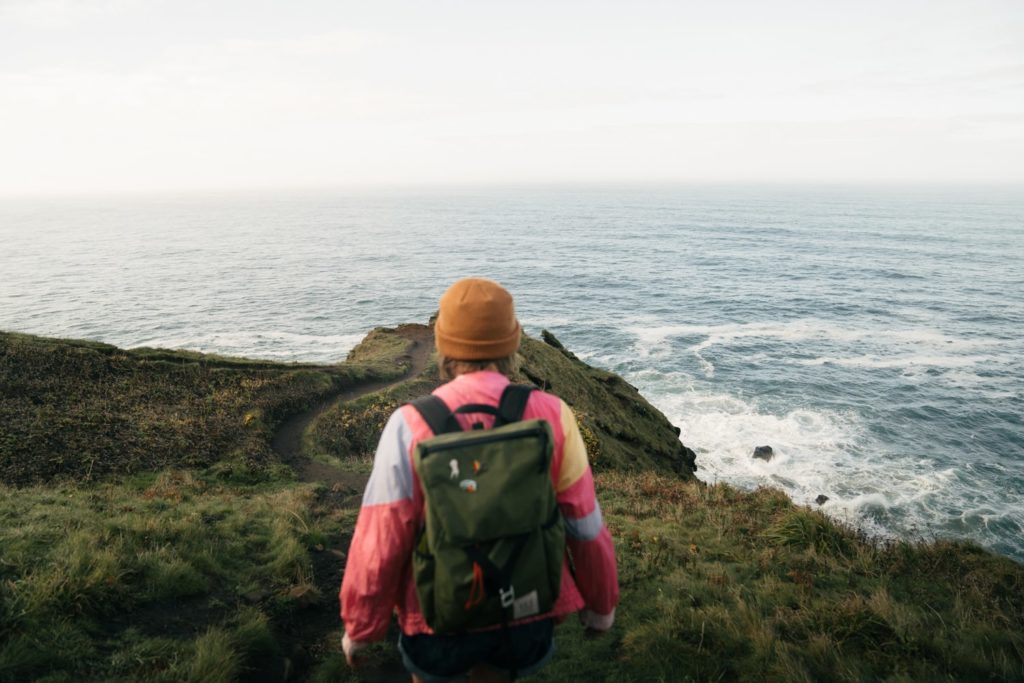
How to Find US Public Lands
Google Maps (and other mapping apps) will show you national parks and state parks – they also have national forests, though the boundaries aren’t always super clear, because some national forests have privately owned land within them. BLM land can be pretty hard to find.
If you’re looking for a spot to camp, or want to go be outside, it’s super helpful to have a map of the public lands! The best way to do this is with The Dyrt, which is an app that’s super helpful for finding campsites and planning roadtrips. The Pro version allows you to see a map of all the public land in the country – I often just find a national forest or BLM land and drive when I’m looking for somewhere to camp! You can get a free trial of The Dyrt Pro to try it out.
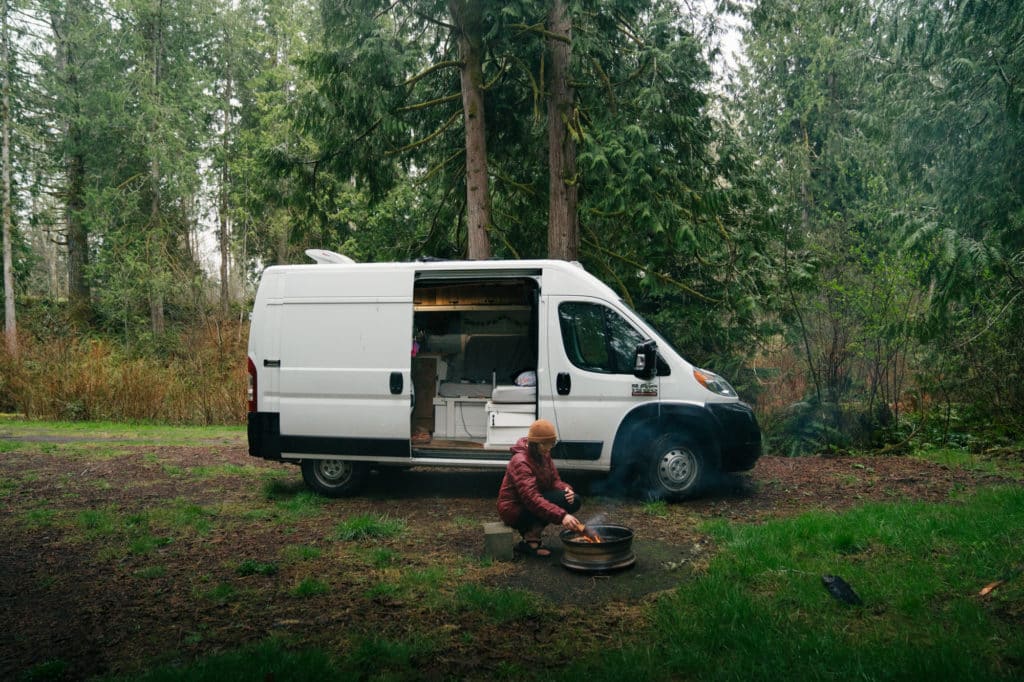
Have Questions About US Public Lands?
If you want to know more, have questions about national parks vs. national forests, BLM land, or state parks, or have your own tips for visiting US public lands, let me know in a comment below!
Pin Any of these photos to save this guide to US Public Lands for later!
